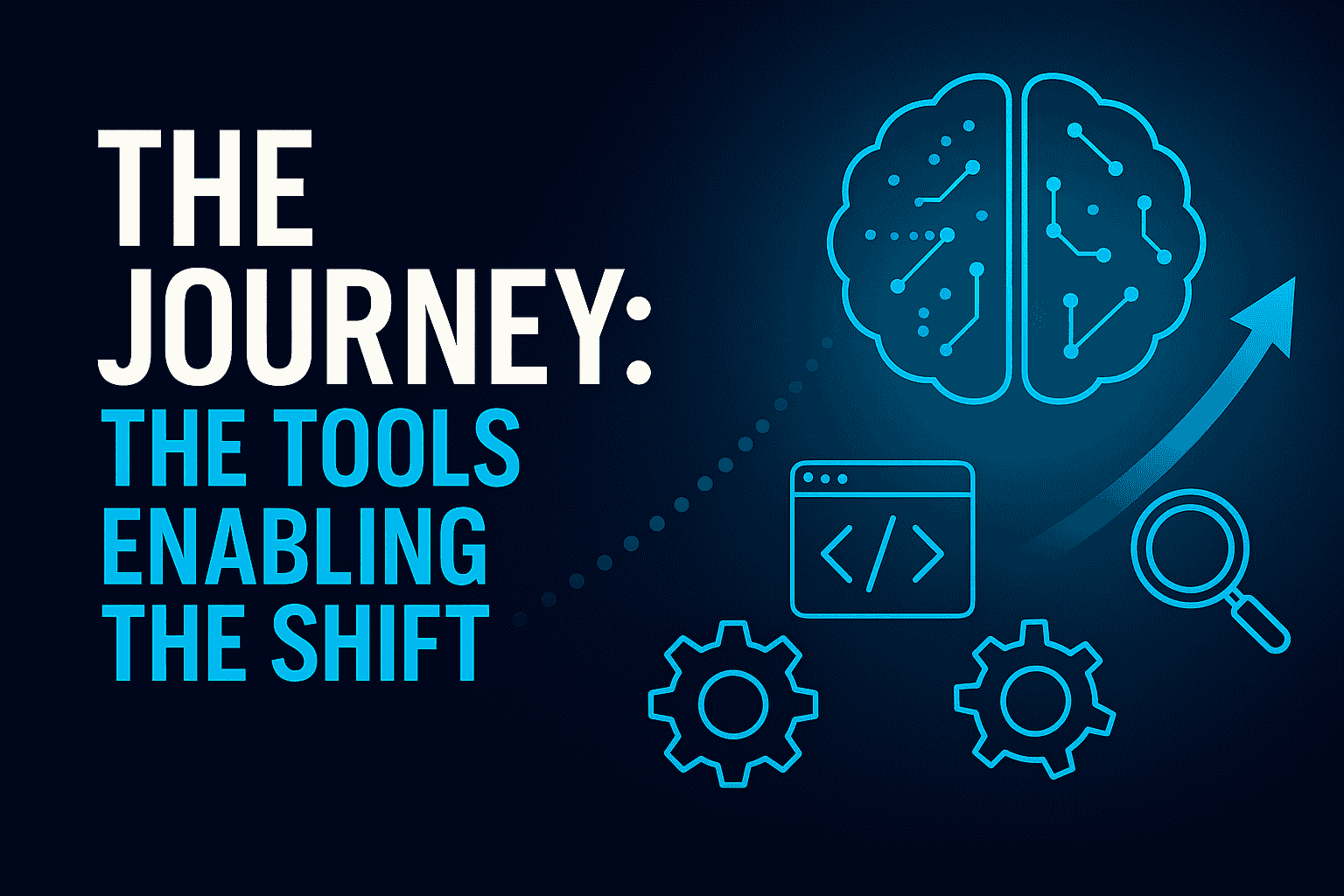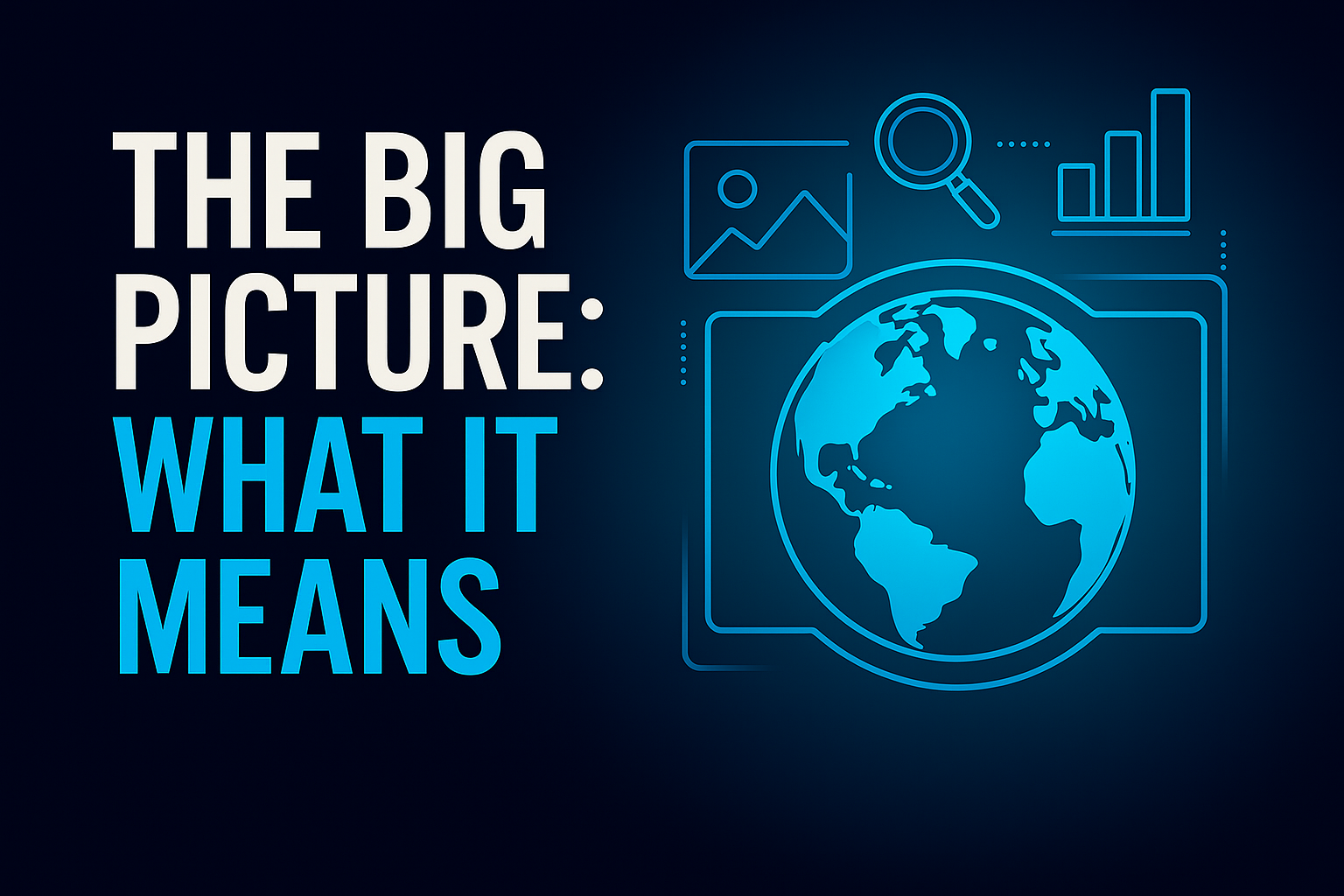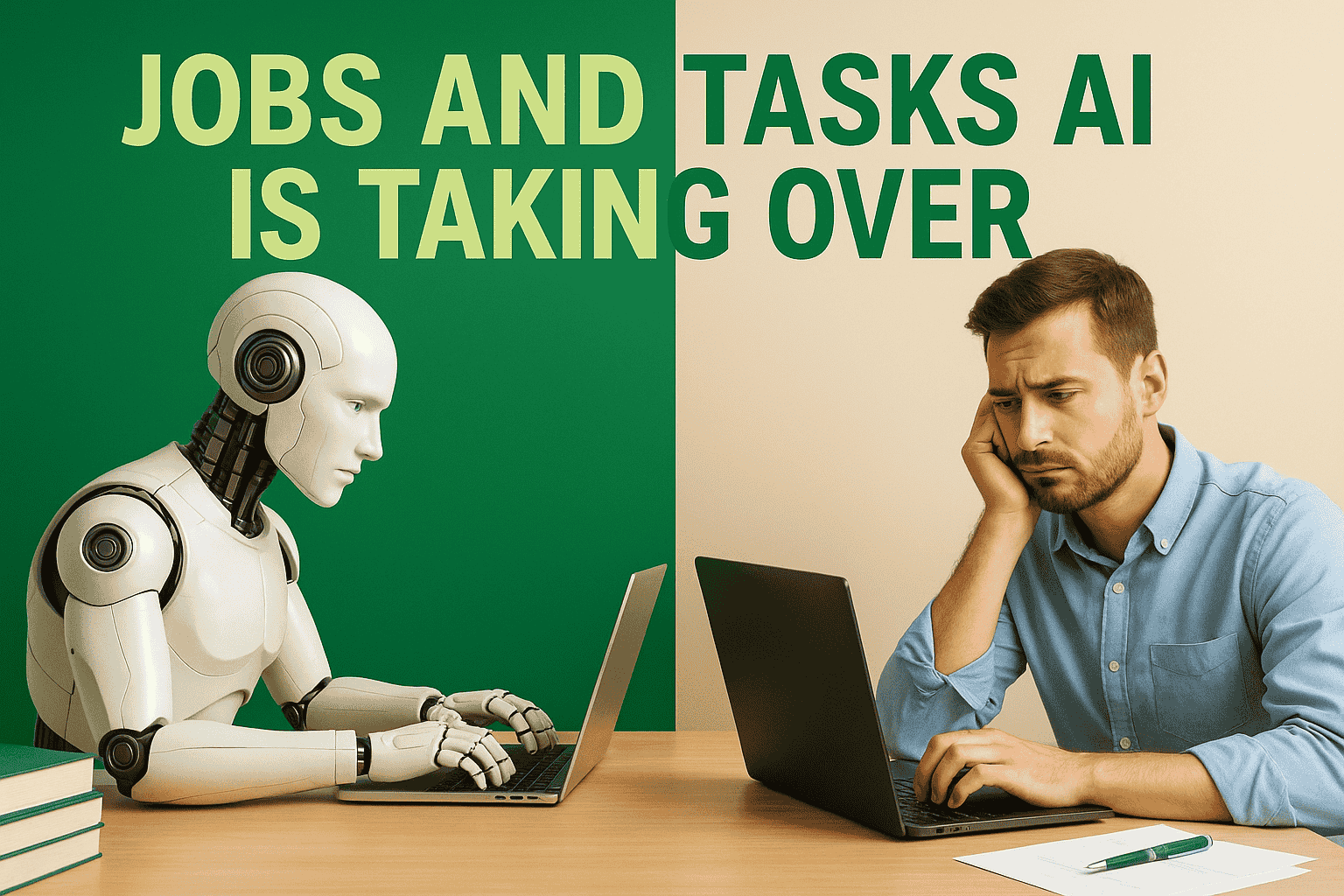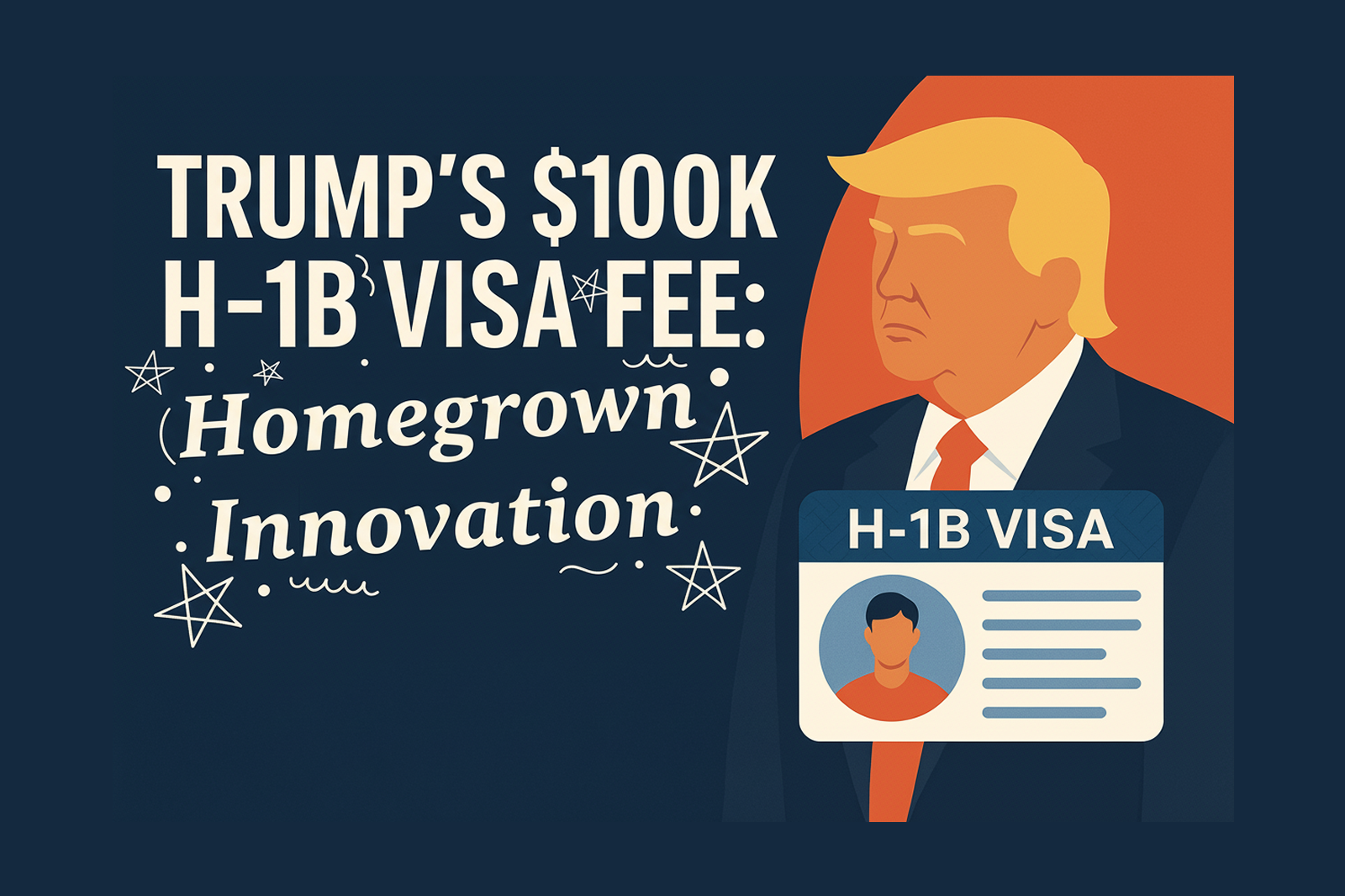AI’s Accelerated Cure: From Decades to Days
In 2030, a new therapy for a once-incurable disease reaches its first patient just months after the disease was identified.
In an AI-orchestrated lab, generative models design drug candidates at dawn; by noon, virtual patients – AI-driven “digital twins” – have predicted the best candidate’s effects. Clinical trials run partly in silico, and regulators review AI-curated evidence in weeks. The result is a world where life-saving treatments emerge in a fraction of the time it once took. This seamless ecosystem of rapid discovery and personalized medicine didn’t happen overnight. It began with a handful of breakthrough AI tools that reimagined how drugs are discovered, developed, and delivered.
Prefer watching over reading?
Watch our podcast below:
listen to our podcast below:
These advances hinted that the drug discovery process could be reimagined entirely. Buzz began building in the biopharma community – by mid-decade, nearly every pharmaceutical R&D team was exploring AI. Massive investments followed (over $60 billion poured into AI-driven drug development by 2024), and buzz scores for AI drug tools shot into the 90+ range, reflecting sky-high excitement. The stage was set for a new generation of tools to fundamentally accelerate the journey from lab to patient.

What followed was a series of AI breakthroughs – each addressing a piece of the drug discovery puzzle – that together propelled us toward today’s fast-forward reality. Three tools in particular became the catalysts of this transformation, each moving the needle from concept to adoption to broad impact:
ChemAI: Generative Chemistry at Hyper-Speed

The first leap came with ChemAI – a platform that uses generative models and predictive analytics to design novel molecules in silico. With a Buzz Score of 92/100 and Engagement 88/100 (and over 95,000 monthly searches indicating intense interest), ChemAI demonstrated early on what was possible. It could propose and evaluate new drug-like compounds in days rather than years, drastically cutting the time scientists spend on trial-and-error. In 2019, one AI system (a precursor to ChemAI’s approach) designed, synthesized, and validated a new drug candidate in just 46 days – a process that would normally take multiple years. This AI-designed molecule, targeting fibrosis, went from concept to a pre-clinical validated compound 15 times faster than a traditional pharma R&D pipeline. The broader impact was immediate: ChemAI and similar tools collapsed the early discovery timeline, meaning researchers could fail or succeed faster and focus on the most promising leads.
-png.png?width=1979&height=1180&name=output%20(1)-png.png)
Market drivers and cultural shifts played a big role here. The exorbitant cost of drug development had become unsustainable, so there was enormous pressure to find efficiencies. ChemAI’s rise coincided with a surge of funding into AI-driven biotech startups – investors recognized that whoever mastered AI-powered discovery could unlock blockbuster drugs faster. By 2024, startups like Insilico Medicine (pioneers of generative chemistry) had secured major partnerships and over $100 million in funding, and a cumulative $60 billion had been invested in AI drug discovery ventures. In short, the market bet big on AI, and ChemAI’s success started to vindicate that bet by showing tangible results. Pharmaceutical giants began partnering with AI firms, integrating ChemAI’s predictive models into their workflows to ensure they wouldn’t be left behind. The excitement was backed by data: for example, Exscientia’s AI platform designed a new molecule and brought it to clinical trials in just 12 months, versus the 5–6 years traditional methods would take ChemAI’s breakthrough meant the slowest part of drug R&D—finding the molecule—was now on fast-forward.
GenomixAI: Decoding Biology and Personalizing Treatment

The next critical step was GenomixAI, which took AI beyond chemistry into the realm of human biology. With Buzz 90/100 and Engagement 91/100 (and 108,000+ monthly searches showing widespread curiosity), GenomixAI revolutionized how we identify drug targets and understand diseases at the genomic level. If ChemAI gave us better tools, GenomixAI gave us better maps. It uses AI to analyze vast “omics” datasets – genomic sequences, gene expression profiles, patient health records – to pinpoint the root causes of diseases and predict which patients will respond to a given therapy. This was transformative because one major reason drugs fail is hitting the wrong target or the wrong population. GenomixAI helped solve that. It could, for instance, discover that a certain cancer subtype has a unique genetic vulnerability and suggest a matching drug target, or reveal which subgroup of patients (defined by genetic markers) would benefit most from a treatment.
Why was GenomixAI’s rise inevitable?
Several drivers converged. First, the cost of genome sequencing had plummeted, flooding researchers with data – far more data than humans alone could interpret. Second, there was a cultural shift toward precision medicine; doctors and patients began expecting treatments tailored to one’s DNA. GenomixAI arrived to meet this demand. Crucially, AI proved adept at finding patterns across this deluge of biological data that humans couldn’t see. Industry experts noted that AI can “revolutionise target identification, enhance patient stratification, and optimise trial design,” directly boosting success rates and speeding up access to treatments. Early wins started accumulating: AI models identified new therapeutic targets for ALS and rare diseases that had stumped researchers before. Pharma companies took notice – the U.S. government even invested $1.7 billion in 2021 to advance genomic sequencing and AI research to fuel such breakthroughs. By mid-decade, a wave of AI-first biotechs like Recursion, Deep Genomics, and Owkin were leveraging GenomixAI-like approaches, combining multi-omics data with machine learning. They showed that finding the right target could be faster and more reliable by letting AI connect the dots in human biology. The effect on the industry’s trajectory was profound: drugs started moving into trials with a clearer rationale and often with companion diagnostics (thanks to AI) to select the right patients. In practical terms, this meant fewer failed trials and more therapies reaching the market. GenomixAI had, in essence, cut out a huge chunk of the guesswork that once plagued drug development.
BioGPT: Mining the World’s Biomedical Knowledge
The third major breakthrough on this journey was BioGPT – a domain-specific AI that functions as a biomedical brain, digesting and generating natural language. With a Buzz Score of 89 and Engagement 85 (and over 112,000 searches a month reflecting strong interest), BioGPT addressed a different kind of bottleneck: information overload. Every year, hundreds of thousands of research papers and clinical trial results are published. No human team, however diligent, can read and recall all that knowledge. BioGPT can. Trained on 15 million PubMed abstracts spanning decades of biomedical literature, BioGPT is essentially a large language model that “speaks” biology and medicine. Researchers began using it as an AI research assistant: ask BioGPT a question like “Which existing drugs might target protein X implicated in Alzheimer’s?”, and it can synthesize an answer from the literature in seconds. It can also generate hypotheses and readable summaries of complex findings. In our journey, BioGPT closed the loop – it ensured that no critical insight remained buried in the avalanche of data.

Each of these tools – ChemAI, GenomixAI, and BioGPT – started as separate innovations, but their real power was realized when they converged. By late 2020s, forward-looking companies integrated all three into unified platforms. A drug discovery team could go from hypothesis to candidate drug to targeted patient population with AI agents collaborating at every step. The buzz and engagement metrics translated into real adoption: surveys by 2028 showed the majority of pharma R&D groups were using AI platforms inspired by these tools, and regulators had begun adapting guidelines to accommodate AI-designed trials and data. The journey from the early concept of AI in labs to full industry transformation was well underway, propelled by these breakthroughs and the surrounding ecosystem that nurtured them.

Another broad implication is how human roles and workflows are being redefined. The role of a scientist is shifting to work alongside AI co-pilots. Drug hunters now spend more time interpreting AI-generated hypotheses and designing clever follow-up experiments, rather than grinding through manual tasks. New roles are emerging too – data curators, AI ethicists for pharma, and “clinical prompt engineers” who specialize in querying models like BioGPT for insight. On the patient side, faster drug discovery means patients get treatments sooner, but it also heralds an era of personalized therapeutics at scale. As GenomixAI made precision medicine practical, we’re moving toward a future where every patient’s disease is analyzed by AI to pick a tailored treatment. This could dramatically improve outcomes and reduce side effects, fundamentally improving the human experience of healthcare.
Critically, this story also highlights a lesson for all industries: the biggest gains from AI come when it’s deeply integrated and automated across workflows, not just used for one-off tasks. In Colaberry’s AI Transformation Framework, this corresponds to the advanced stages (integration & automation). Biopharma hit that phase when AI stopped being a pilot project and became the backbone of R&D. Other sectors – from finance to manufacturing – are now looking at this playbook. The practical takeaway for business leaders is clear: to prepare for the future depicted here, start embedding AI into your core processes now. This means investing in data infrastructure, upskilling teams to work with AI, and perhaps most importantly, rethinking legacy processes. Small experiments are no longer enough; the organizations that embrace end-to-end AI integration early will shape their industry’s future. As we’ve seen in biopharma, those who experimented early are now the architects of an entirely new era of innovation.


-png.png)
